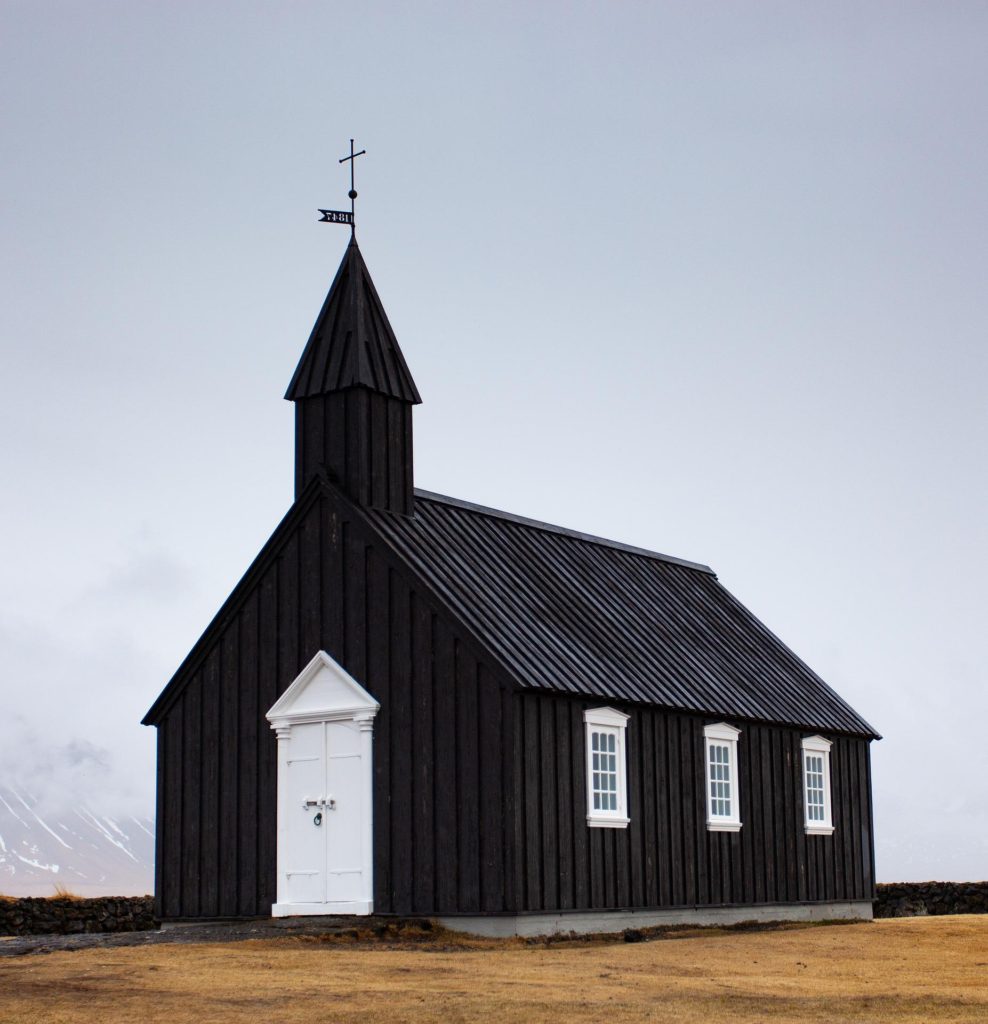I grew up in the segregated South and attended church with my family. My mother was a member of a Baptist church, and my father was a member of a Methodist church. They never changed their religious denominations. I learned the culture of the Black Baptist church was birthed in the South. The Baptists were characterized by a religious environment that showed demonstrative worship. They were struggling to carve out a safe space in the midst of plantations that reminded them of their lives as enslaved people. Many enslaved people had to worship in secret on the plantations as units called the “invisible institution.” My mother was a lifelong member of the Missionary Baptist Church.
The Methodist churches were formed as a separate denomination. The early Black churches were organized by free people in the North. They strived toward freedom for Black people. The church was not grounded in religious doctrine, but in the offensiveness of racial segregation in the churches and inconsistencies in teaching and expressing faith. Black Methodism primarily refers to the African Methodist Episcopal Church (A.M.E.) and the Christian Methodist Episcopal Church (C.M.E.). My father was a lifelong member of the A.M.E. church.
The A.M.E. church started in 1787 when Richard Allen, Absalom Jones, and other black people left a white Episcopal church in Philadelphia. According to historians, they were pulled from their knees while worshipping in a gallery they did not know was closed to Black people. Allen was a former enslaved man and had joined a Methodist society. He began preaching and established prayer meetings. In April of 1787, he and Jones organized a mutual aid society called the Free African Society. The primary interests of this society were racial solidarity and abolitionist activity. From the beginning, the A.M.E. church provided social service relief to those in need.
There are other dominations of Black churches. Regardless of denomination, historically Black churches have been the most important and dominate institution in Black communities. It is the greatest institution that was developed by Black people. It has held in common unity more Black people than any other institution. It has been influential in changing and developing the Black race. After years of slavery and segregation, the church became a stable and independent social institution. Black churches carried burdens and performed roles in politics, education, culture and music.
The religious worldview of Black Americans dates back to their African heritage and their conversion to Christianity during enslavement and afterwards. As enslaved people on plantations and later as domestic servants in white homes, Black people knew about white life and culture. Very few white people knew, or cared to know, about Black culture.
Most Black churches grew from the holocaust of slavery and the belief in divine rescue. African slaves established and relied on their churches. Religion offered a means of releasing and obtaining relief from repressed emotions. White society was not willing to accept the fact that enslaved people were Christians. Enslaved people retained their faith in God and held prayer meetings and church services in private. Their religious services and activities were closely watched by the white slave owners to detect plans for escape or insurrections. They thought insurrections were born out of the religious aspirations of slaves and they were suspicious. They opposed their Christianity.
Church and religious topics did not escape discussion in our family. My older brother was happy to lead the discussions. He liked to give us the history regarding topics we discussed. He told us that the black church was a safe haven for black men and women to be themselves after the civil war. Religion provided spiritual comfort; therefore most black people had faith in God and went to church. The historical role of black churches provided training in leadership development skills, preserving Black heritage, and emphasized the value of participating in the political process.
Religion and church attendance also played a major role in the civil rights movement. In addition to worship, the churches provided a place for the leaders to meet and discuss strategies to fight oppression. Due to racial hatred, some black churches were bombed. The cowardly actions of a small group of racist white people put a blemish on the entire race and the nation. Instead of destroying the souls of Black people, we pressed on.
Francie Mae. June 16, 2022.
Reference
Lincoln, C. Eric and Mamiya, Lawrence H. The Black Church in the African American Experience. Durham, North Carolina. Duke University Press, 1990, Ninth printing 1996.

A fascinating discussion is worth comment. I do believe that you should write more about this subject matter, it may not be a taboo subject but typically folks dont talk about such issues. To the next! Cheers!!
This is the perfect website for everyone who hopes to understand this topic. You realize so much its almost hard to argue with you (not that I actually would want toÖHaHa). You certainly put a new spin on a subject thats been discussed for decades. Great stuff, just great!
Can I just say what a relief to uncover an individual who really understands what theyre talking about on the web. You certainly know how to bring a problem to light and make it important. More people ought to read this and understand this side of the story. I was surprised that you arent more popular given that you most certainly have the gift.